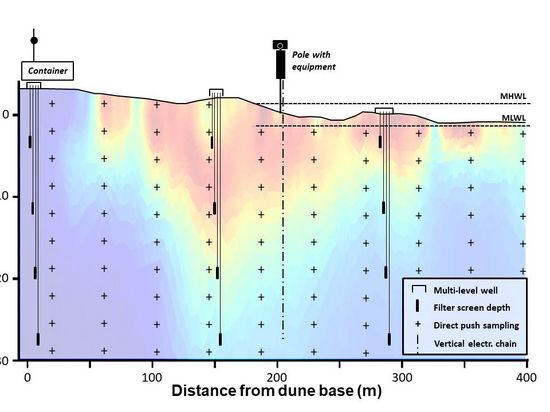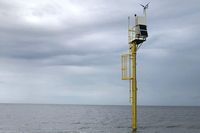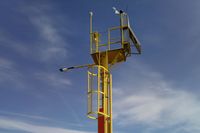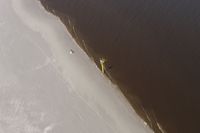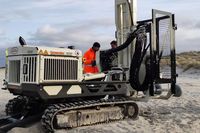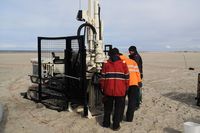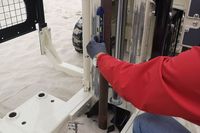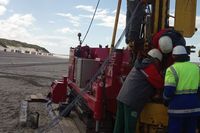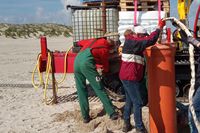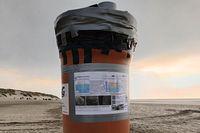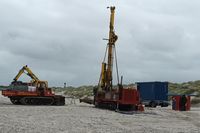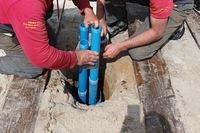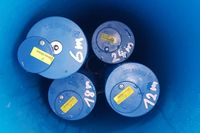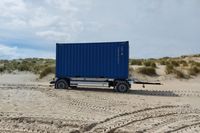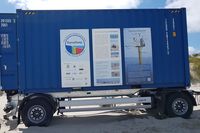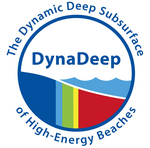
News
- Next regular meeting: 13/06/2025
- Next field campaign: 09/06/2025 to 13/06/2025
Contact (Spokesperson)
Prof. Dr. Gudrun Massmann
Carl von Ossietzky University of Oldenburg
Funding and duration
Funding: German Research Foundation (DFG)
Duration (1st Phase): 01.04.2021 -31.03.2025
"Subterranean estuary observatory"
Within DynaDeep a dense sampling and monitoring network has been installed at the beach of Spiekeroog. It covers the entire subterranean estuary (STE) down to the saltwater wedge and is capable of withstanding storm surges, thus creating a unique Subterranean estuary observatory (see conceptual figure below). The observatory consists of several elements, as presented in the following.
